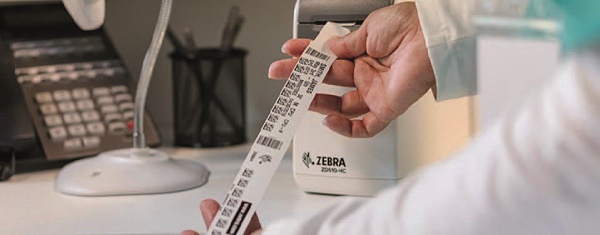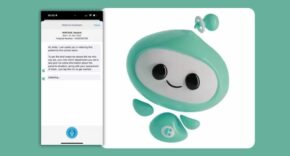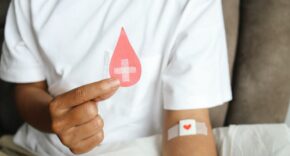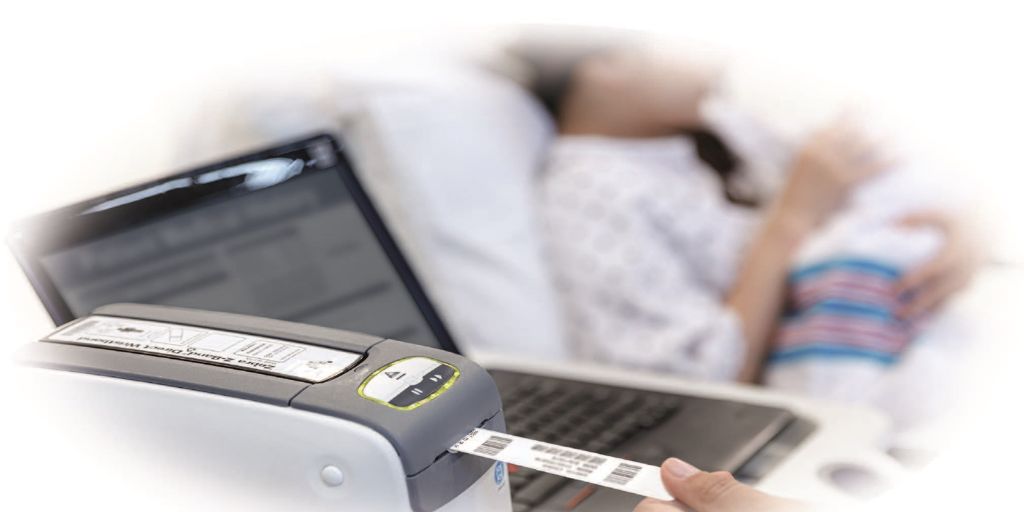
Serving a local population of more than 450,000 people through the delivery of inpatient, day care and outpatient services, the Northern Lincolnshire & Goole NHS Foundation Trust, part of a wider network of healthcare providers, enables its patients to have access to expert clinicians and the very latest advancements and developments in patient care within its facilities.
With around 7,000 members of staff, the Trust is one of the biggest employers in the region, serving people across North Lincolnshire, North-East Lincolnshire, the East Riding of Yorkshire and East Lindsey.
In order to embark upon its digital transformation programme with regard to its patient processing to ensure that it would become aligned with its exemplary patient care credentials and expertise, the Trust turned to Dakota Healthcare to assist with the instigation of this essential and future-proof transition to digital maturity.

The Problem
The journey to achieve full digital transformation can be a lengthy process, so the Trust sought to work on the basis of the individual Scan4Safety elements and modify and update each part in turn before focusing its attention on the next phase or part of its digitalisation journey.

Martin Sykes, Chief Nursing & AHP Information Officer at the Trust, explains, “As soon as I took over this role some 12 months ago, I identified all of the areas within the Trust which needed to be improved upon and ultimately digitalised. The individual elements essentially fell into the four Scan4Safety categories, namely: ‘Patient,’ ‘Product,’ ‘Place’ and ‘Process.’ Whilst we already had a Patient ID system in place, this needed to be improved upon and fully digitalised before I could commence work on the other elements in the sequence.”
The Trust was previously using laser printers to print patient wristbands, a process which certainly had its challenges.
Sykes continues, “We were originally using laser printers for the wristband printing process, however the paper would sometimes jam and the printers were more often than not located in the nurses’ office and not necessarily on each ward. We would sometimes print off labels which included the patient’s information instead of printing on the wristband directly and affix these labels to the wristbands – a solution which had obvious flaws. And in some scenarios, the patient’s details were simply written on the wristband. In both of these instances, the ink would sometimes run if the wristband got wet and the details then became illegible. I knew that this was something which I needed to solve for the benefit of both the patients and clinicians alike.”
The Solution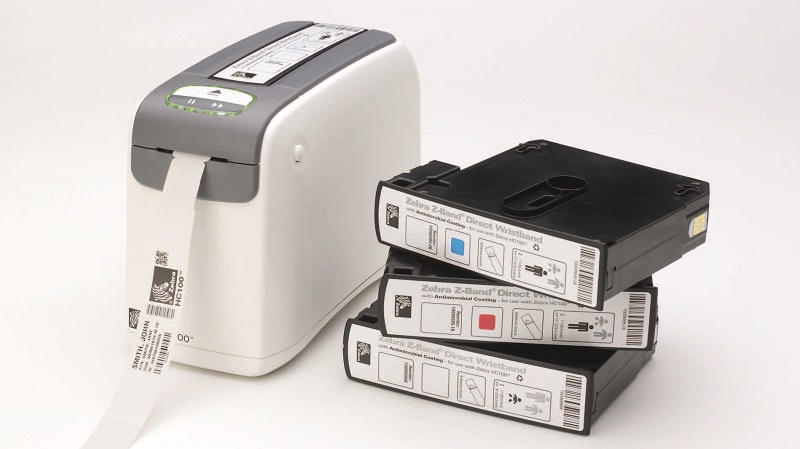
In order to alleviate the Trust’s issues with wristband printing, Dakota Healthcare recommended a range of compact and purpose-built wristband printers, so that the Trust had access to printers which were specifically dedicated to this one vital and important task. The wristbands themselves are housed within cartridges instead of being laid out on paper, thus eliminating the issue of paper jams. Another benefit of printing wristbands on task-specific printers directly from the cartridge, is that the cartridges can be swapped out depending on the wristband requirement.
Sykes explains, “More often than not, we have a multitude of different wristbands which need to be printed from the same printer. For example, we may need to print mother and baby wristbands or some with a soft touch coating for our elderly patients. Being able to swap the cartridges makes this an easy and convenient task and also reduces the amount of waste associated with printing wristbands on a single sheet via a laser printer. As a result, not only can we tailor the wristband type to the patient in question, we can also ensure that the wristbands now have a fully GS1-compliant 2D barcode printed upon then, enabling the swift and accurate identification of a patient. The clinicians now only need to scan the code and the patient’s details are immediately available and accessible on the device which they are using. Our original laser printers are still in use however, as we use them to print labels for blood and sample bottles, so they have not gone to waste.”
The Result
The result of the new solution is far reaching, and the Trust is now one step closer to reaching the digital maturity which it set out to achieve.
Sykes concludes, “As we near the completion of the first phase in our digitalisation journey, which has gone a long way in helping us to vastly increase patient safety standards, we can now start to look at the next phase in the Scan4Saftey process. As a result of this first phase, patient information is now automatically made available on our wireless observation machines, enabling the clinicians to administer faster treatment, especially if the observations identify a certain level of deterioration. In terms of patient ID, we are now fully GS1 compliant, and are looking forward to extending this compliance into the other elements of this process; a journey which we hope will involve Dakota. Their experience within the healthcare sector is second to none and our Account Manager, Danielle Gregory, has been extremely helpful in this process so far, so that has certainly gone a long way in helping us to navigate our digitalisation journey.”
“As a result of this first phase, patient information is now automatically made available on our wireless observation machines, enabling the clinicians to administer faster treatment, especially if the observations identify a certain level of deterioration. In terms of patient ID, we are now fully GS1 compliant.”
Martin Sykes, Chief Nursing & AHP Information Officer

